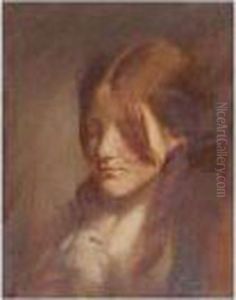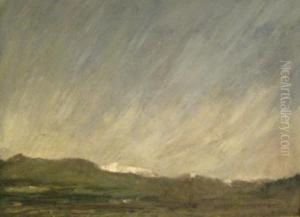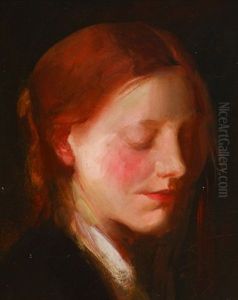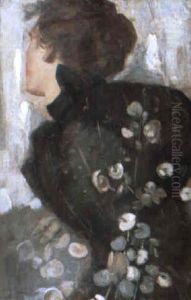James Torrance Paintings
James Torrance was a Scottish artist known primarily for his contributions to the Glasgow Boys, a group of artists who sought to challenge the academic standards of painting in Scotland during the late 19th century. Born in Glasgow in 1859, Torrance grew up in an era where the city was rapidly industrializing, a backdrop that influenced much of his work. He studied at the Glasgow School of Art, where he was exposed to a variety of artistic movements and techniques, which would play a pivotal role in his development as an artist.
Throughout his career, Torrance was deeply influenced by the naturalism and realism of French artists such as Jules Bastien-Lepage and the Impressionists. His work often focused on the Scottish landscape and rural life, imbuing his subjects with a sense of realism and emotional depth. Torrance’s paintings are characterized by their subtle use of light and color, capturing the changing moods of the Scottish countryside. He was also known for his portraiture, where he applied his keen observation of character and detail.
Despite his association with the Glasgow Boys, Torrance maintained a somewhat independent career path. He was less interested in the social and political themes that preoccupied some of his contemporaries, focusing instead on the beauty of everyday scenes and the natural world. His work received recognition in his lifetime, exhibited in galleries in Glasgow, London, and internationally.
James Torrance's contribution to Scottish art is significant, as he was part of a movement that helped to modernize Scottish painting, steering it away from Victorian sentimentalism towards a more direct and honest depiction of life. His death in 1916 marked the loss of a deeply observational artist who captured the essence of Scotland’s landscapes and people with sensitivity and depth. Today, Torrance's work is celebrated for its contribution to the Glasgow Boys movement and its enduring beauty and realism.



